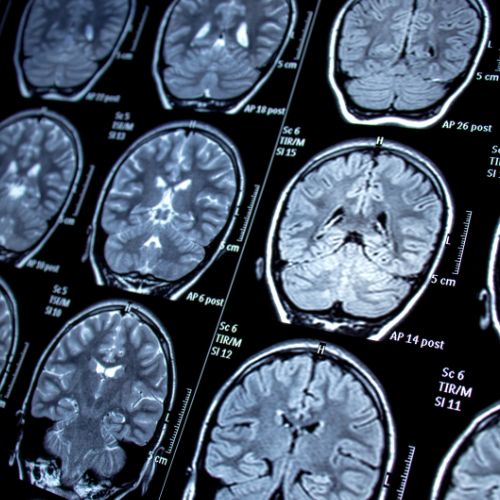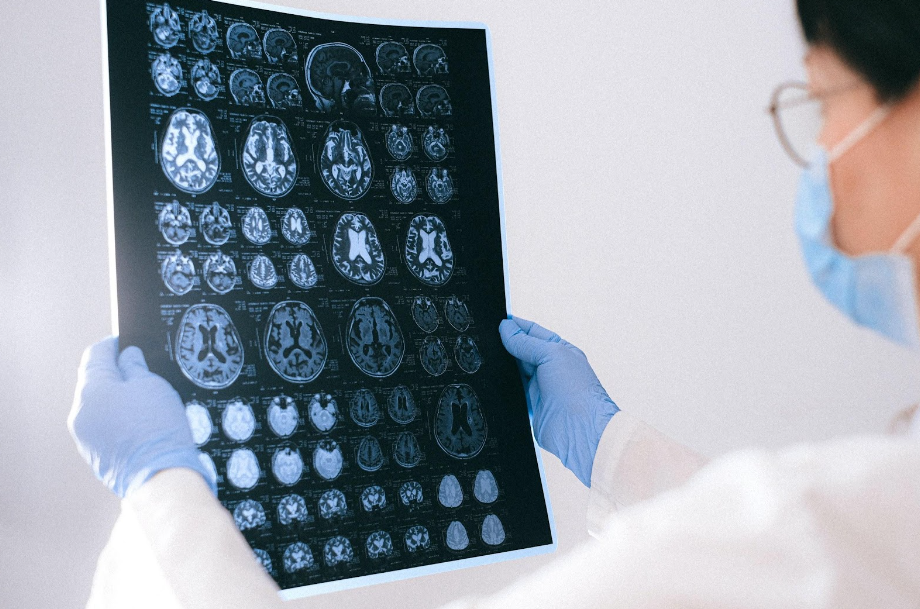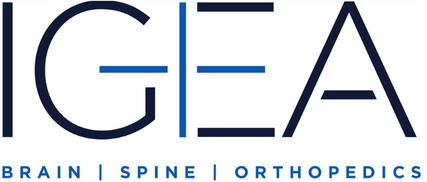IGEA Brain, Spine, and Orthopedics Neurosurgeon Performs First Brain Aneurysm Surgery in NJ to Employ New Flow-Diversion Technology
A neurosurgeon with IGEA Brain, Spine, and Orthopedics recently performed the first procedure in New Jersey to employ a new technology to divert blood flow away from a life-threatening brain aneurysm. The physician, Anil Nair, MD, FAANS, explains that he used the Stryker Surpass Evolve™ Flow Diverter to treat a dissecting vertebral aneurysm, or a tear in an artery that supplies blood to the brain which grows into an aneurysm along the bottom of the skull.
“My colleagues at IGEA and I routinely treat brain aneurysms with both traditional and minimally invasive operative techniques, and we have considerable experience with using flow-diversion technology. However, this case marks the first time that the Stryker Surpass Evolve Flow Diverter was used in New Jersey. The surgery also was either the first or one of the very first procedures performed anywhere in the country to use this technology to treat a dissecting vertebral aneurysm,” the board-certified neurosurgeon notes. Dr. Nair performed the surgery in late August, just days after Stryker – a medical technology company based in Kalamazoo, MI – launched the flow diverter, which was approved by the FDA last year.
Dr. Nair explains that an aneurysm is a weakened area of a blood vessel that can balloon, bulge, and sometimes tear (dissect, in medical terminology) or burst. When a brain aneurysms bursts, the resulting bleeding can cause a hemorrhagic stroke. Almost 500,000 people around the world die each year as a result of brain aneurysms, with about half of those people being younger than 50 years of age.1
For many years, neurosurgeons’ standard approach to treating a brain aneurysm was to remove a portion of the skull in order to access the brain, and to then place a metal clip across the base of the aneurysm to prevent blood from entering it. Over the last 20 years or so, however, neurosurgeons also have been employing neuroendovascular techniques to treat brain aneurysms.
In these procedures, the surgeon inserts a catheter into an artery in the groin or wrist. The surgeon then uses imaging to guide the catheter to the affected area of the brain. Once the catheter has reached the aneurysm, the neurosurgeon can place a coil, a flow-diverting mesh tube, or sometimes both. With coiling, a coil made of soft platinum or other metallic alloy wire is inserted into the aneurysm, causing the blood there to clot, creating a seal between the artery and the aneurysm. With flow diversion, the neurosurgeon places a small braided mesh tube in the affected area of the blood vessel so that blood is directed past the aneurysm. With blood flow to the aneurysm reduced and eventually eliminated, the aneurysm shrinks, allowing the blood vessel wall to heal and be restored to its normal anatomy over time.
“We continue to make use of open surgery and clip placement when that represents the best approach for a specific patient. However, with ongoing advances in technology, and with a wealth of evidence detailing the effectiveness, safety profile, and shorter recovery time of minimally invasive approaches, we are employing neuroendovascular techniques more and more often to treat brain aneurysms,” says Dr. Nair. He and his IGEA colleague Ciro G. Randazzo, MD, MPH, FAANS, are among the few neurosurgeons in the country to be trained in both open neurological surgery and neuroendovascular surgical techniques.
Dr. Nair explains that the Stryker Surpass Evolve Flow Diverter that he used in the late-August procedure provides several advantages compared to other flow-diversion technologies. “When selecting a flow diverter, two of our main considerations are how porous the braided mesh is – which affects how readily blood can flow through it to the brain – and how easily it can be guided to the aneurysm and deployed along the vessel wall. The flow diverter we’ve used most often in recent times has a mesh that consists of 48 braided wires. The mesh of the Surpass Evolve Flow Diverter has 64 braided wires made of cobalt chromium, which offers advantages in terms of being porous and facilitating blood flow. Also, I’ve found it very easy to guide this flow diverter through blood vessels — including what we call ‘torturous vessels’ that have many twists and turns along their path – to the brain.” The neurosurgeon adds that while other flow diverters have 72 or 96 braided wires, the increased stiffness associated with the higher number of braids can make it difficult to guide those diverters through certain arteries.
“The key question always is, ‘What is the best option for this particular patient given his or her specific condition and overall health status?’” explains Dr. Nair. “In this case, the nature and location of the patient’s aneurysm made use of the Stryker Surpass Evolve Flow Diverter an excellent choice, and the procedure was both uneventful and successful. Had another approach or type of technology been more appropriate for the patient, we would have gone in that direction, which is one of the major advantages of having a neurosurgeon trained in a wide variety of techniques,” notes Dr. Nair, who completed a fellowship in neurovascular surgery and endovascular surgery at Jefferson Hospital for Neuroscience in Philadelphia. He also completed an enfolded year of endovascular neurosurgery, a neurosurgery residency and a general surgery internship at Albany Medical Center. Dr. Nair received his medical degree from the University of Missouri-Kansas City School of Medicine.
David Poulad, MD, FAANS, FACS, another of the four board-certified neurosurgeons at IGEA Brain, Spine and Orthopedics, adds, “Our practice is committed to providing patients throughout New Jersey and in New York City with the latest advances in neurosurgical and other care at locations convenient for them.” In echoing that point, board-certified neurosurgeon Adam Lipson, MD, FAANS, FACS, adds, “Our early adoption of the Stryker Surpass Evolve Flow Diverter is just the most recent manifestation of that commitment, and of IGEA physicians’ pioneering role in driving the adoption of technologies and techniques that offer patients enhanced outcomes and quality of life.”
Beyond the practice’s four neurosurgeons – Drs. Nair, Randazzo, Poulad, and Lipson – the IGEA Brain, Spine, and Orthopedics’ staff includes board-certified neurologist Charles Gellido, MD; board-certified orthopedic surgeon Arun Rajaram, MD; board-certified neuropsychologist Anthony De Marco PsyD, ABBP-CN, as well as physician assistants and other healthcare professionals.
With offices in Paramus, Union, Florham Park, Hazlet, and New York City, IGEA Brain, Spine, and Orthopedics offers comprehensive, multi-disciplinary care to patients experiencing a wide variety of neurologic and musculoskeletal conditions and complaints.
To schedule an appointment with Dr. Nair or one of the practice’s other physicians, or to learn more about IGEA Brain, Spine, and Orthopedics, call 866-467-1770 or visit https://www.igeaneuro.com/.
Reference
- Brain Aneurysm Foundation. About brain aneurysms. Available at https://bafound.org/about-brain-aneurysms/. Accessed September 7, 2020.







